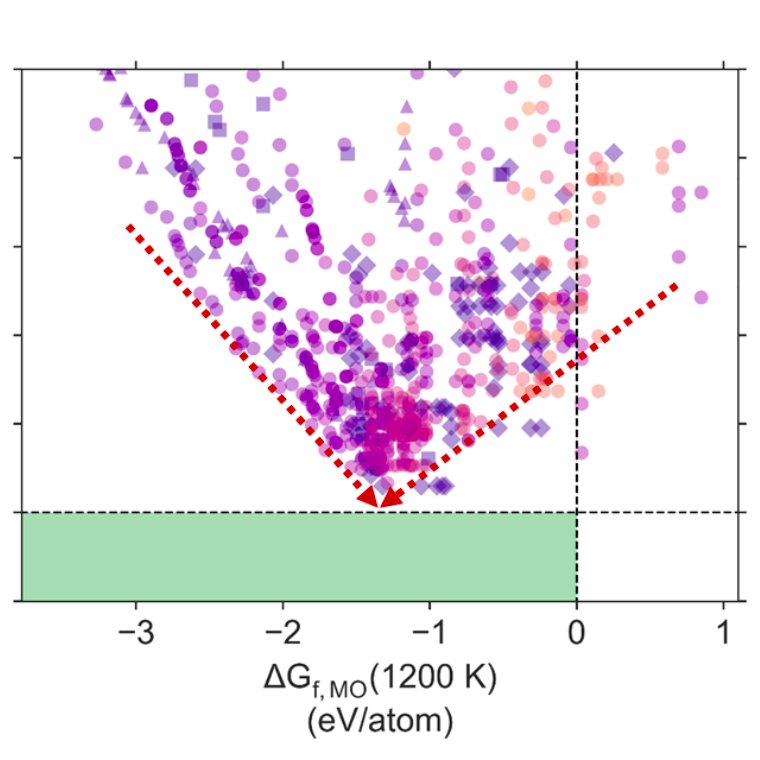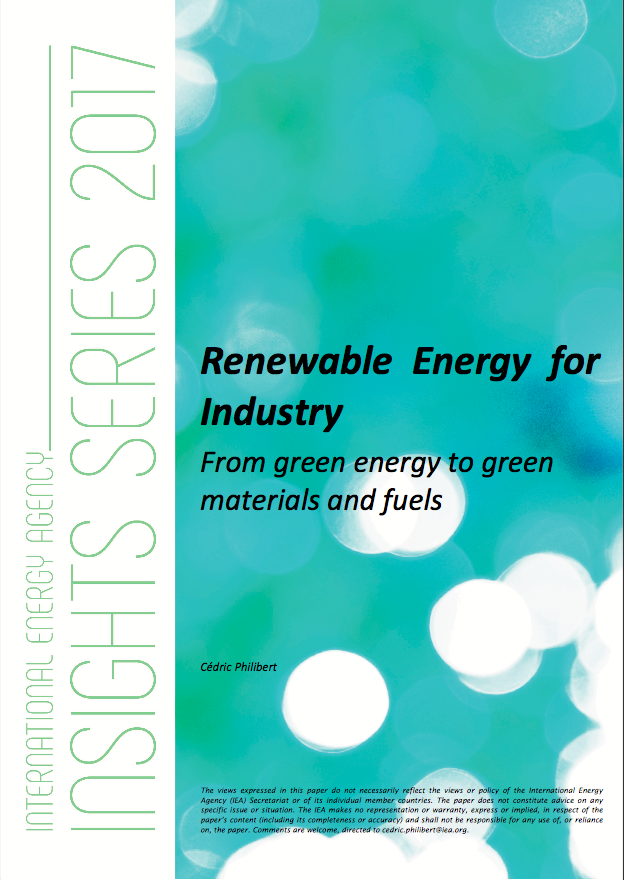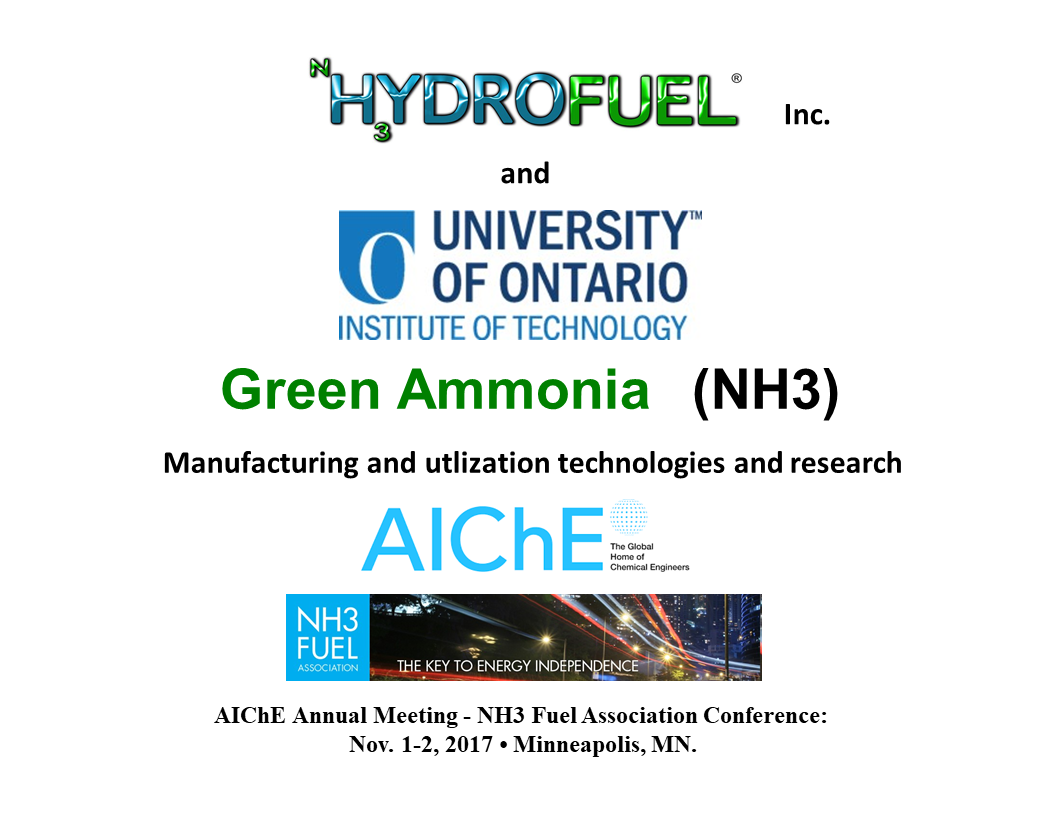OCP’s Green Ammonia pilot plant, and the African Institute for Solar Ammonia
Last week, OCP Group announced plans to develop green hydrogen and green ammonia as sustainable raw materials for use in fertilizer production. This includes building pilot plants in both Germany, already under construction, and Morocco, yet to begin construction, as well as "the possible establishment of an African Institute for Solar Ammonia."









